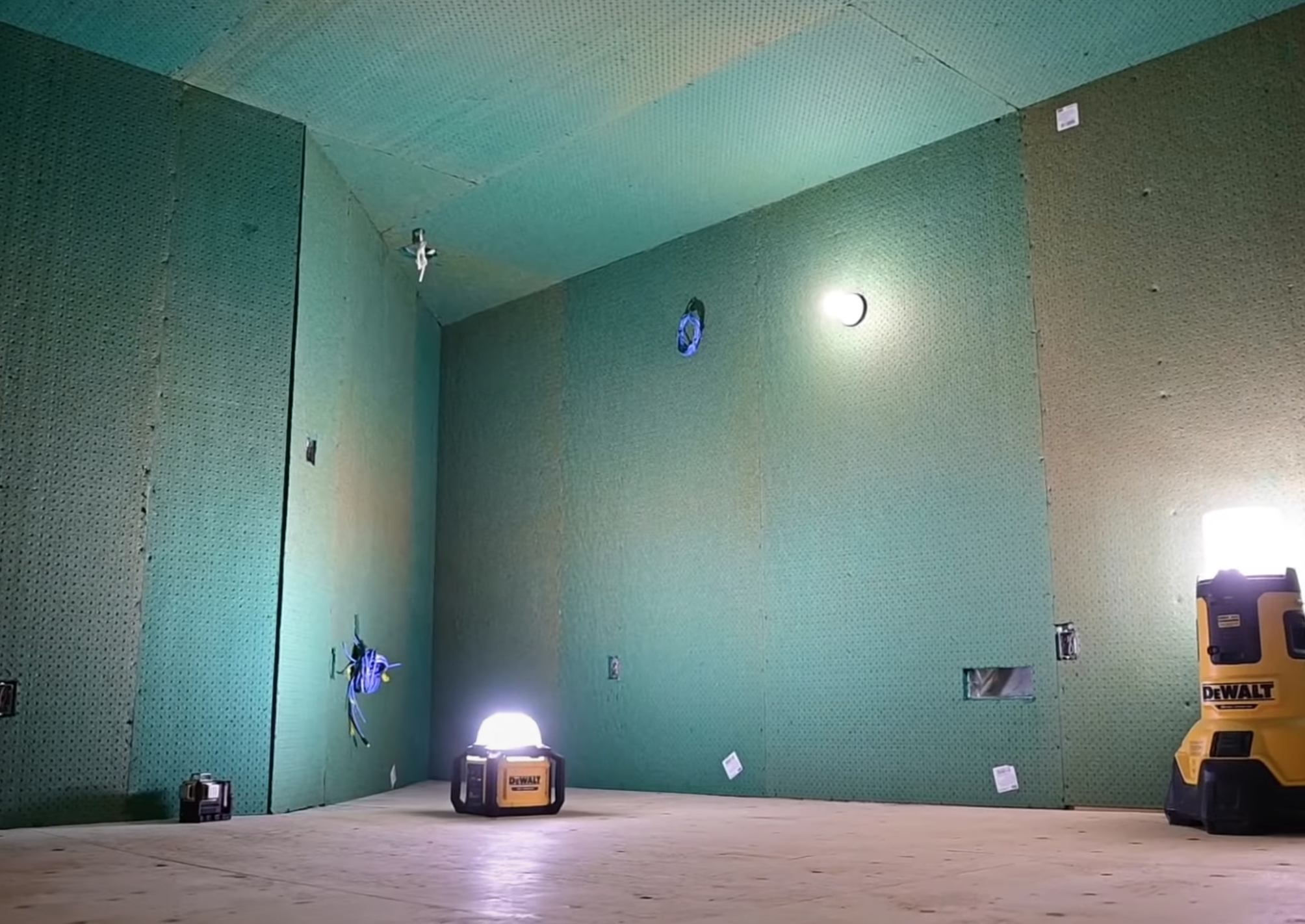
When it comes to building or renovating a studio, whether it’s for music production, podcasting, or film post-production, acoustic performance is paramount. Poor acoustics can degrade sound quality, make it difficult to record clean audio, and affect the overall aesthetic of a studio environment. Enter Sonopan, a product that has been gaining recognition in the world of studio builds for its superior acoustic properties and ease of use.
In this article, we’ll explore what Sonopan is, its benefits, and why it’s an excellent choice for studio builds, both for professional studios and home setups.
What is Sonopan?
Sonopan is a high-performance soundproofing and acoustic treatment material made from a blend of wood fiber and sound-absorbing components. It is designed primarily for use in walls, ceilings, and floors of studios to improve sound isolation and reduce unwanted noise. Available in rigid boards, Sonopan can be used in construction, renovation, or acoustic upgrades for both residential and commercial spaces.
Sonopan’s composition allows it to effectively block and absorb sound waves, which is essential for a wide range of audio applications, from recording to mixing and mastering. It is particularly well-regarded for its ability to attenuate noise while maintaining excellent sound clarity within the room.
Why Sonopan is Ideal for Studio Builds
- Superior Soundproofing and Noise Isolation
One of the main reasons Sonopan is favored in studio builds is its outstanding soundproofing capabilities. It offers significant noise isolation by reducing both airborne noise (such as voices, music, or traffic outside the building) and impact noise (such as footsteps or vibrations from machinery). This is crucial for studios in noisy environments or locations where external noise might interfere with recordings.
- Effective Acoustic Treatment
In addition to soundproofing, Sonopan helps improve the internal acoustics of a room by absorbing unwanted sound reflections, reverberations, and flutter echoes. Its unique composition absorbs sound waves across a wide frequency range, making it a versatile solution for controlling room acoustics. By using Sonopan in a studio, you can ensure a clearer and more accurate listening environment, which is vital for critical audio work such as mixing and mastering.
- Ease of Installation
Sonopan is user-friendly and relatively easy to install compared to other acoustic materials. It can be mounted on walls, ceilings, or floors, and is often used in conjunction with other soundproofing materials like drywall or acoustic insulation. The rigid boards can be cut to size with basic tools, making it a practical option for DIY projects as well as professional installations.
- Eco-Friendly Composition
Sonopan is manufactured from sustainable materials, making it an environmentally friendly choice for those who want to minimize their carbon footprint. The use of wood fibers and recycled content in the product’s creation contributes to its eco-friendly credentials, without compromising on performance.
- Durability and Stability
Sonopan is durable and retains its acoustic performance over time. Unlike some softer acoustic materials that may degrade or lose their effectiveness as they age, Sonopan maintains its integrity, ensuring that your studio’s acoustic treatment continues to perform optimally for years.
- Soundproofing without Bulk
Sonopan offers excellent soundproofing performance without requiring thick, heavy layers of material. It is relatively lightweight, yet highly effective in sound isolation, which is particularly valuable when working with limited space or in projects where maintaining an aesthetically clean and efficient design is important.
Applications of Sonopan in Studio Builds
Sonopan can be used in a variety of ways to enhance the acoustic performance of a studio. Some common applications include:
- Wall Construction: Sonopan can be added between layers of drywall to create a soundproof barrier that significantly reduces noise transmission between rooms or from external sources.
- Ceiling Treatment: In studios with elevated ceilings or noise coming from overhead (e.g., from upstairs neighbors or outside), Sonopan can be used to reduce airborne noise and reverberation.
- Flooring Systems: For studios located in multi-unit buildings, Sonopan can be applied under flooring materials to reduce impact noise, such as foot traffic or vibrations from equipment.
- Room Dividers: When creating smaller rooms or booths within a studio, Sonopan can be used as a partition wall or as part of a custom-built soundproof enclosure.
- Acoustic Panels: Sonopan can be cut and customized into panels for use in specific problem areas within a room, such as corners or reflective surfaces.
Comparing Sonopan to Other Acoustic Materials
While Sonopan is an excellent choice for many studio builds, it’s worth comparing it to other common acoustic materials:
- Fiberglass Insulation: Fiberglass is often used in studio builds for soundproofing and thermal insulation. While it offers good sound absorption properties, Sonopan tends to provide better sound isolation and noise reduction, especially when it comes to blocking sound transmission from outside the studio.
- Mass Loaded Vinyl (MLV): MLV is another popular material for soundproofing, typically used in conjunction with drywall. While MLV is effective at blocking sound, it can be more cumbersome to install and does not offer the same level of internal acoustic treatment that Sonopan provides.
- Acoustic Foam: Acoustic foam is often used for treating specific room acoustics (i.e., to reduce reflections and echoes). However, foam is less effective for soundproofing compared to Sonopan, which provides both absorption and isolation.
Conclusion
Sonopan is an invaluable tool for anyone building or upgrading a studio. Whether you’re designing a professional recording space, a home studio, or a post-production facility, its combination of soundproofing, acoustic treatment, and ease of installation make it an excellent choice. The material’s eco-friendly credentials, durability, and effectiveness at controlling both internal acoustics and external noise make it a top contender in the world of studio construction.
For those looking to create a space that’s acoustically pristine, Sonopan is definitely a material worth considering. By investing in quality sound isolation and acoustic treatment, you can ensure that your studio sounds its best, whether you’re recording the next chart-topping album or editing an award-winning film.





